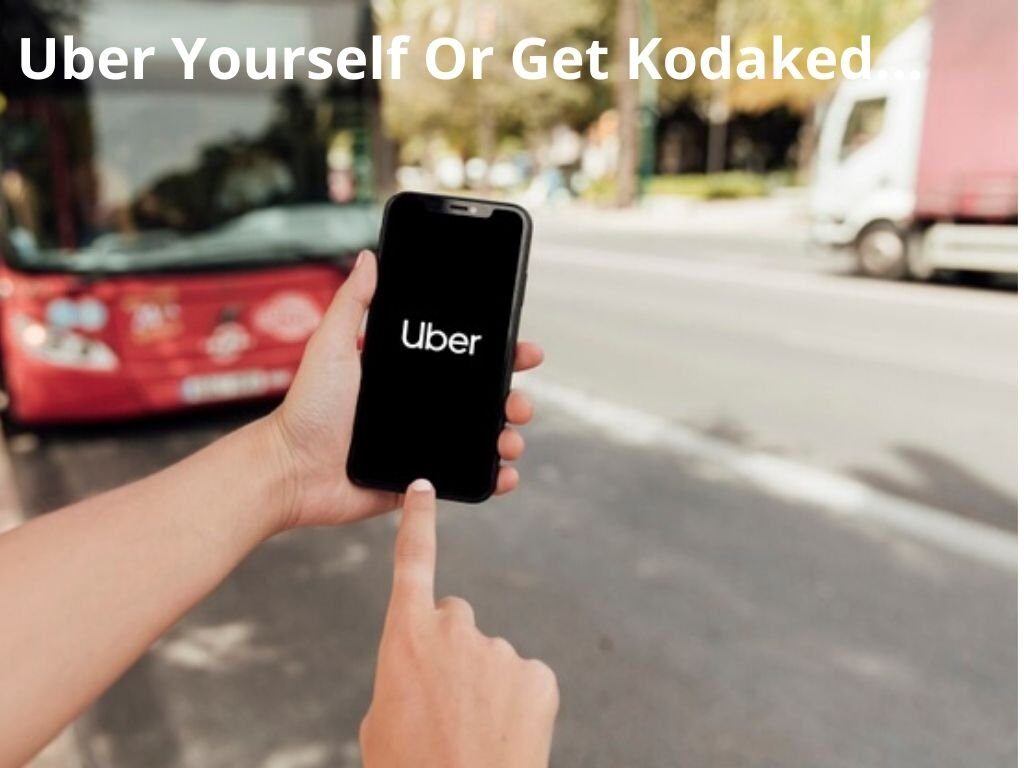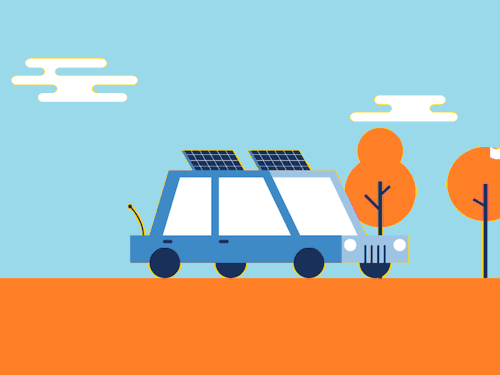A good view from Eric Enge on how Google is improving its search result quality with Rankbrain – its newish AI powerered algorithm.
Category: Disruption


Apple easy, Google fast: The experience management culture

The past
decade has been a decade of dynamic disruption where a number of technologies
came forward and took the center stage. Several organizations also adopted new
age mechanisms to kick start their transformative journey. In the last few
years, digital transformation has become...

Today’s marketing teams have to be technologically literate, data savvy, and agile

There are structural changes and disruption that the auto industry is going through not only in India, but globally and eventually this will impact the turns marketing will take, and also enter some new lanes marketing has not ventured into earlier.
There are three tectonic forces...
